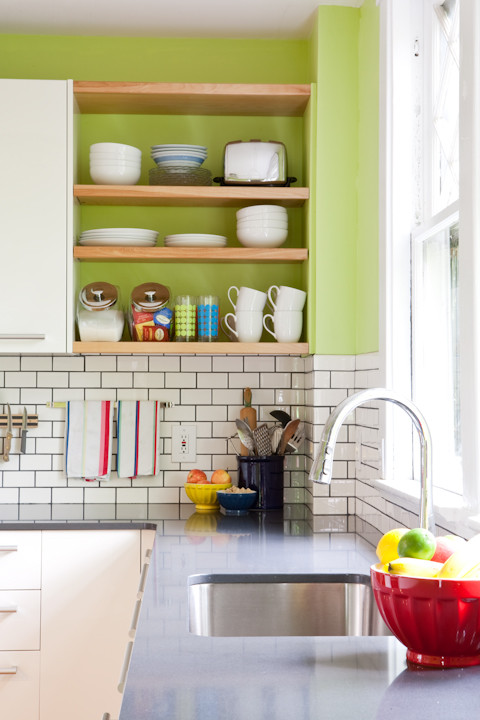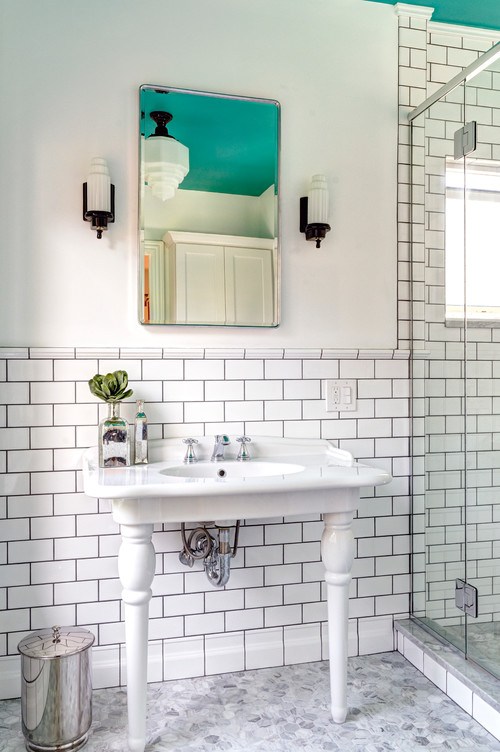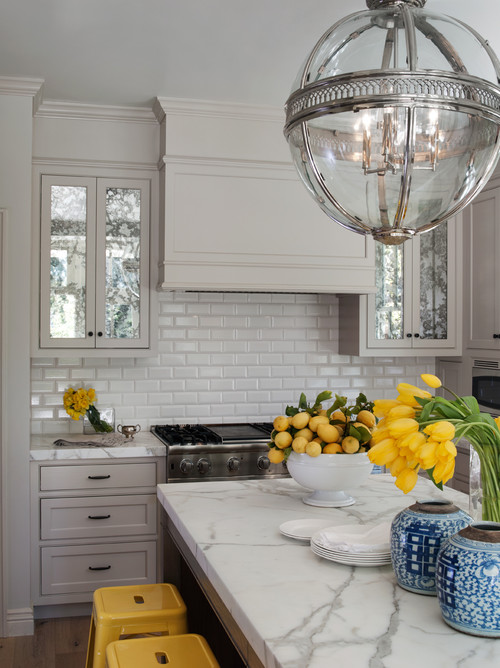Choosing the right grout for your tile installation is crucial for both aesthetics and functionality. Grout is one of the most important yet overlooked materials. The right grout in terms of durability and color is extremely important. Furthermore, grout can crack, get dirt and it may be difficult to clean. In addition, grout color is subjective and which color contrasts or compliments your tile will be the finishing touch. Here’s a comprehensive guide to help you select the best grout for your project:
1. Types of Grout
1.1. Cement-Based Grout: This is the type of grout that is available in most color options.
- Sanded Grout: Contains sand and is suitable for grout lines wider than 1/8 inch. It’s strong and durable, making it ideal for floors and high-traffic areas. If your grout joint size is wide, this may be necessary.
- Unsanded Grout: Doesn’t contain sand and is suitable for grout lines narrower than 1/8 inch. It’s smooth and ideal for walls and delicate tiles like glass tiles or polished stones. Sand will scratch some hard tiles ( sand is one of the hardest materials in the universe.)
1.2. Epoxy Grout
- Epoxy-Based: Made from epoxy resins and hardeners, it’s highly resistant to stains, chemicals, and moisture. It’s durable and ideal for kitchens, bathrooms, and areas exposed to water or heavy use. It’s more expensive and harder to work with than cement-based grout. This type of grout is essential in glass tiles. Glass tiles, although, very hard can scratch with sanded grout.
1.3. Furan Grout
- Furan-Based: Composed of polymers and does not contain water, making it highly resistant to chemicals and acids. It’s used in industrial settings and is not typically used in residential applications.
2. Color Selection

- Match or Contrast: Decide if you want the grout to match the tile color for a seamless look or contrast to make the tile pattern stand out. For example white tiles with black grout and so on.
- Consider Maintenance: Light-colored grout can show stains and dirt more easily, requiring more maintenance. Dark-colored grout can hide stains better but may fade over time.
3. Grout Joint Width

- Wide Joints: Sanded grout is recommended for wider joints (greater than 1/8 inch) as it provides better stability and less shrinkage.
- Narrow Joints: Unsanded grout is suitable for narrower joints (1/8 inch or less) to prevent scratching delicate tiles and to ensure a smooth finish.
4. Location and Use

- Wet Areas: For areas exposed to moisture (bathrooms, kitchens, showers), epoxy grout is recommended due to its water-resistant properties.
- High-Traffic Areas: Sanded grout is durable and suitable for high-traffic areas like floor tiles.
- Delicate Tiles: Unsanded grout is best for delicate tiles like glass or polished stones to avoid scratching.
5. Performance Characteristics

- Stain Resistance: Epoxy grout offers superior stain resistance compared to cement-based grout.
- Flexibility: Some grouts are more flexible and can better accommodate slight movements in the substrate without cracking.
6. Ease of Application

- DIY Friendly: Cement-based grout (sanded and unsanded) is easier to apply for DIY projects compared to epoxy grout, which requires more skill and precision.
- Working Time: Cement-based grouts have a longer working time, allowing more time to apply and clean up. Epoxy grout sets quickly and requires prompt cleanup.
7. Maintenance

- Sealing: Cement-based grouts generally need to be sealed to protect against stains and moisture. Epoxy grout does not require sealing.
- Cleaning: Choose a grout that fits your maintenance preference. Epoxy grout is easier to clean but requires proper installation to avoid haze.
8. Cost

- Budget: Consider your budget as epoxy grout is more expensive than cement-based grout. However, its durability and low maintenance might justify the higher cost in the long run.
Steps to Choose the Right Grout:
- Evaluate Tile and Grout Joint Size: Determine the type of tile and the width of the grout joints to decide between sanded and unsanded grout.
- Consider the Environment: Assess where the tiles will be installed (e.g., wet or dry areas, high-traffic zones like commercial spaces) to choose between cement-based and epoxy grout.
- Select the Color: Choose a grout color that complements or contrasts with your tiles, keeping in mind maintenance considerations.
- Decide on Maintenance Level: Consider how much maintenance you’re willing to do. Opt for epoxy grout if you want low maintenance and high durability.
- Factor in Budget: Align your choice with your budget while considering the long-term benefits and costs.

By following these guidelines, you can select the right grout that not only complements your tile installation aesthetically but also ensures durability and ease of maintenance. Check out our blog page for more tips and tricks to level up your spaces with the newest design trends.



